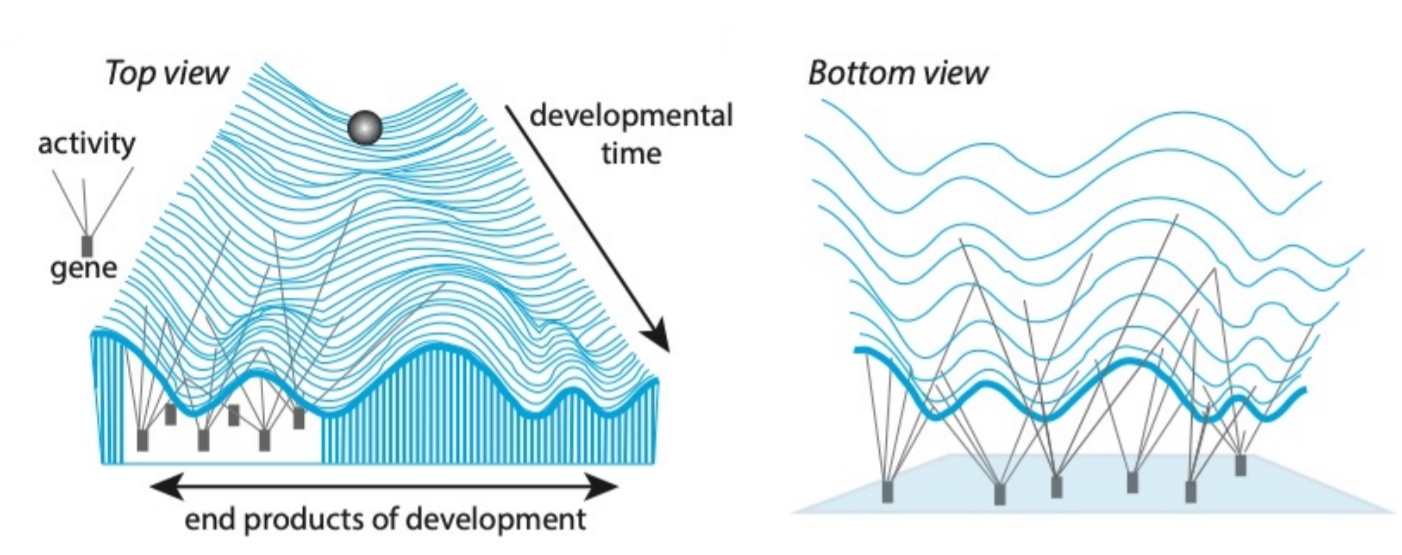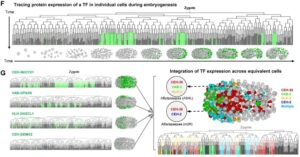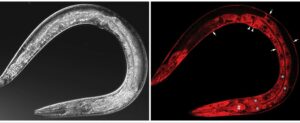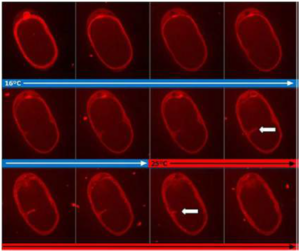C.elegans embryonic development uses redundant genes and are epigenetically shaped by parental adaptations to survive.
Conrad Hal Waddington (1905-1975) developed his “Waddington Epigenetic Landscape” model to explain the various pathways a cell can take to differentiate during embryonic development. Ahmed Elewa, working on C. elegans wanted to show the changes which occur depending on the environment during embryogenesis, and how they are linked to parental adaptations. Genes with the highest contributions to epigenetic tension in early stages are related to behaviour, stress response and transcription regulation, describes the researcher. This study also supports the idea that a deposit of parental RNA in early embryogenesis starts a robust development, as well as one adapted to the environment and epigenetically shaped by parental adaptations.

Ultra fast temperature shift device for in vitro experiments under microscopy
Abstract
Waddington’s Epigenetic Landscape provides a visual model for both robust and adaptable development. Generating and exploring a Waddington epigenetic landscape for the early C. elegans embryo suggests that the key shapers of the landscape are genes that lie at the nexus between stress response and behavior and include genes that are regulated by transgenerational neuronal small RNAs. Curiously, several genes shape the early landscape of one lineage and then pattern, differentiate or are enriched in another lineage. Additionally, paralogs with similar expression profiles contribute differently to shaping the modeled landscape. This work suggests that robust embryonic development is initialized by differential deployment of redundant genes and by transgenerational cues that configure the epigenetic landscape to adapt to a changing world.



